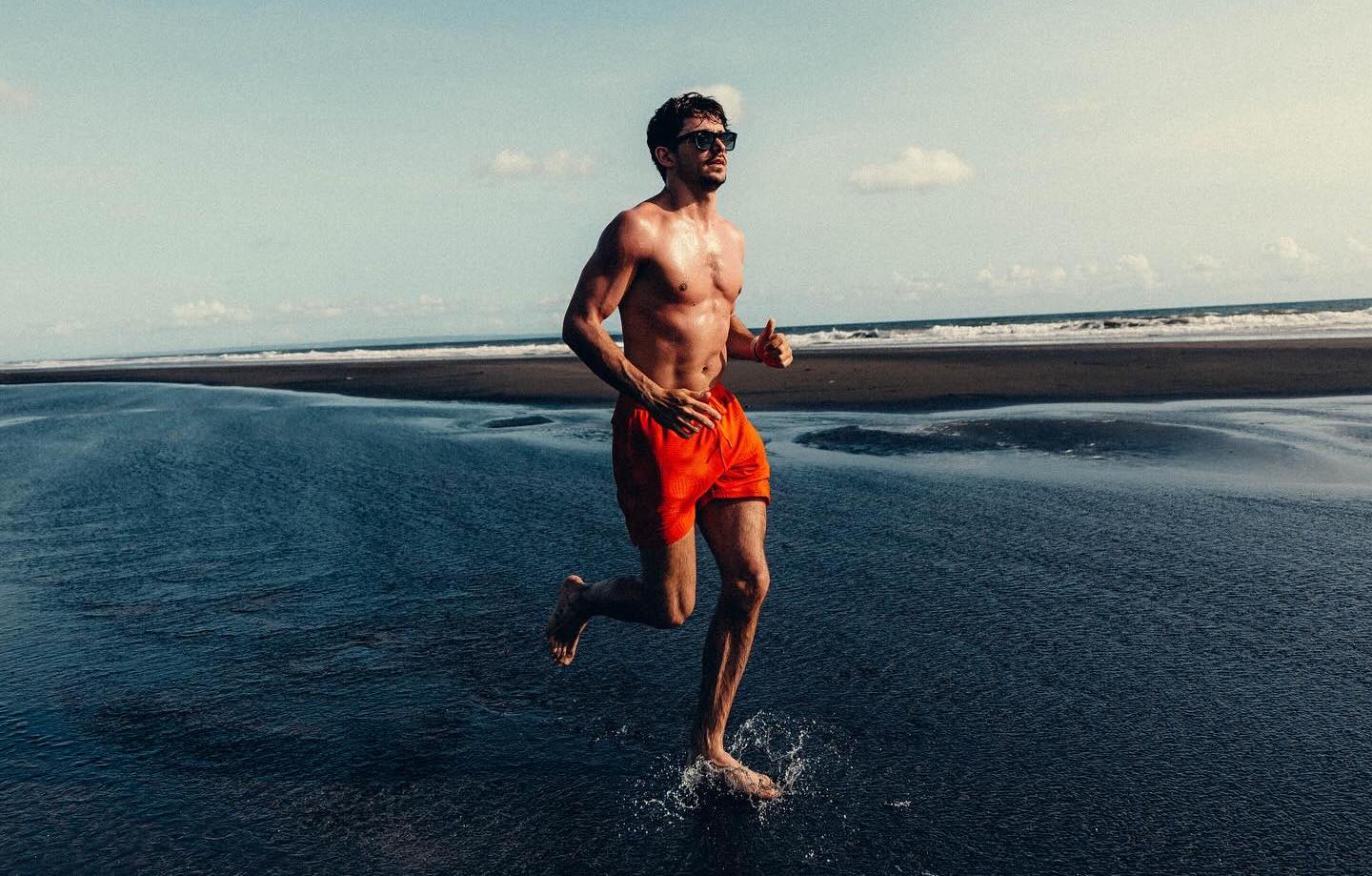As he was on the verge of completing the final laps of the Monaco Grand Prix, Formula 1 driver Charles Leclerc was already tearing up.
The 26 year-old Monegasque driver said, “I realized actually two laps to the end that I was struggling to see out of the tunnel just because I had tears in my eyes. And I was like: ‘Charles, you cannot do that now. You still have two laps to finish.’”
The special kind of intensity and endurance required for Leclerc to achieve this victory highlight the physical and mental demands placed on Formula 1 drivers.
Radiating pure emotion, and rightfully so, Leclerc picked up the first place victory at the race in a triumphant homecoming that left Ferrari fans roaring with pride.
Holding onto the lead position the entire race, Leclerc controlled the pace throughout all the laps, making good use of the race circuit’s narrow lanes. The Monaco Grand Prix contains, amazingly, over 78 laps and nearly 1,500 corners.
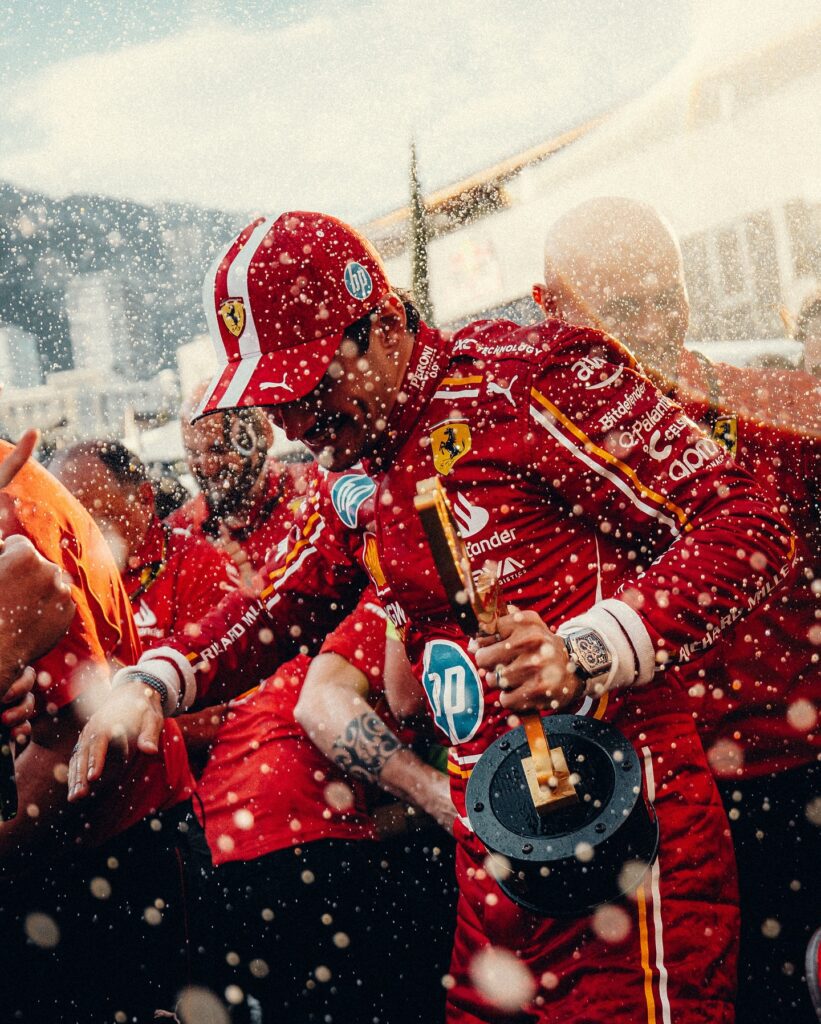

In 2008, Fernando Alonso recounted that “in Monaco, there is no room to do a mistake. More than driving skills, it’s about how mentally you are prepared and how strong you are to be able to keep your concentration for the 80 laps of the race, while keeping perfect pace and doing perfect moves.”
Leclerc’s win is particularly moving for a number of reasons. Aside from being his home race (this is the first time a Monegasque driver has won the circuit since 1931), Leclerc has had a historically frustrating time vying for victory in Monaco as this year marks his sixth attempt to win the race. Moreover, there’s an emotional stake here as Charles reflected on his father as he drove towards the finish line.
“He has given everything for me to be here and it was a dream of ours for me to race here and win here, so it’s unbelievable,” Leclerc said.
Intense training
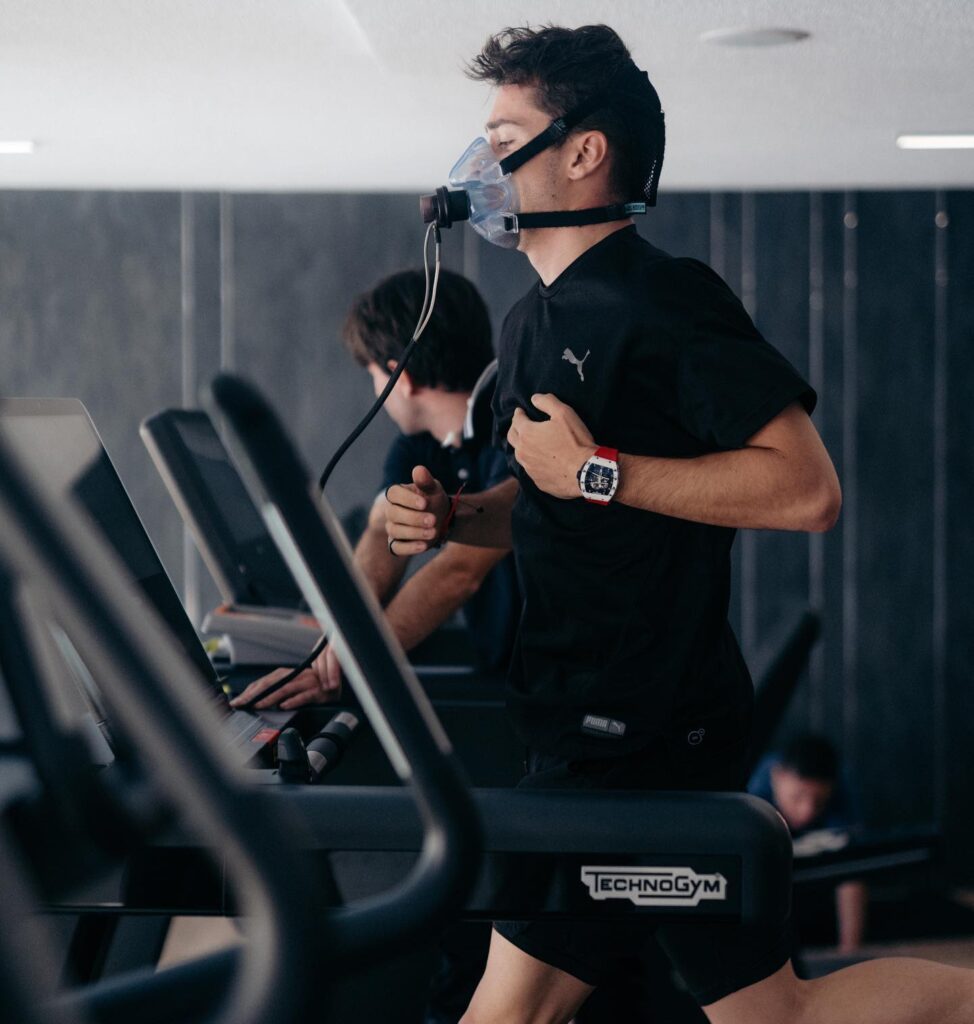
The special kind of intensity and endurance required for Leclerc to achieve this victory highlight the physical and mental demands placed on Formula 1 drivers. The grueling nature of F1 races, especially on circuits like Monaco’s, necessitates a rigorous training regimen to maintain peak performance and concentration.
Let’s delve into the specific exercises and fitness routines that F1 drivers follow to prepare for such high-stakes competitions.
During the off-season, F1 drivers like Charles Leclerc dedicate themselves to maintaining and enhancing their physical fitness, focusing on routines that address the specific demands of driving high-speed cars. Cardiovascular fitness is a top priority, with drivers engaging in high intensity activities like cycling, swimming, and long-distance running. These exercises help improve cardiovascular endurance, allowing drivers to withstand the extreme G-forces encountered during races and maintain their focus and precision over long durations.
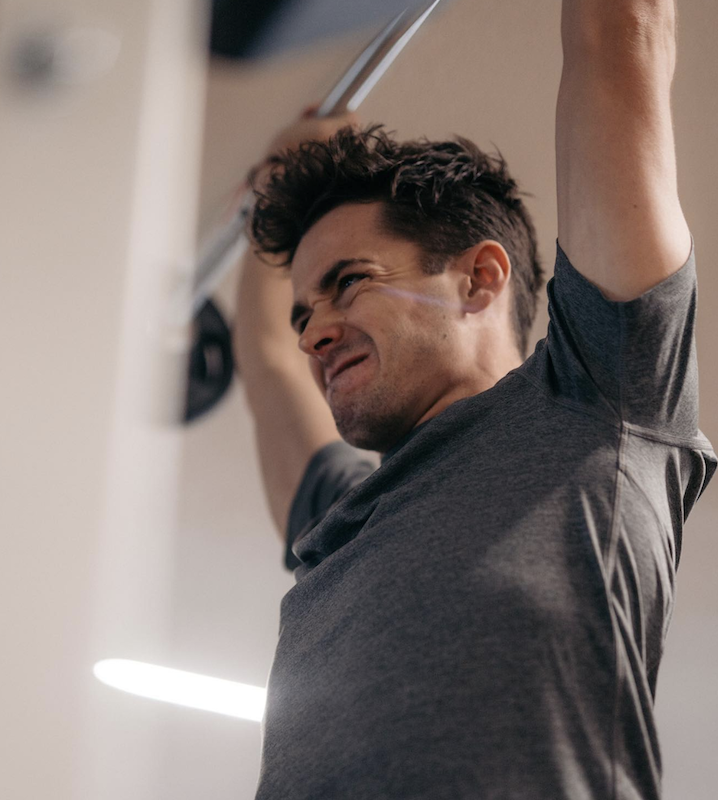
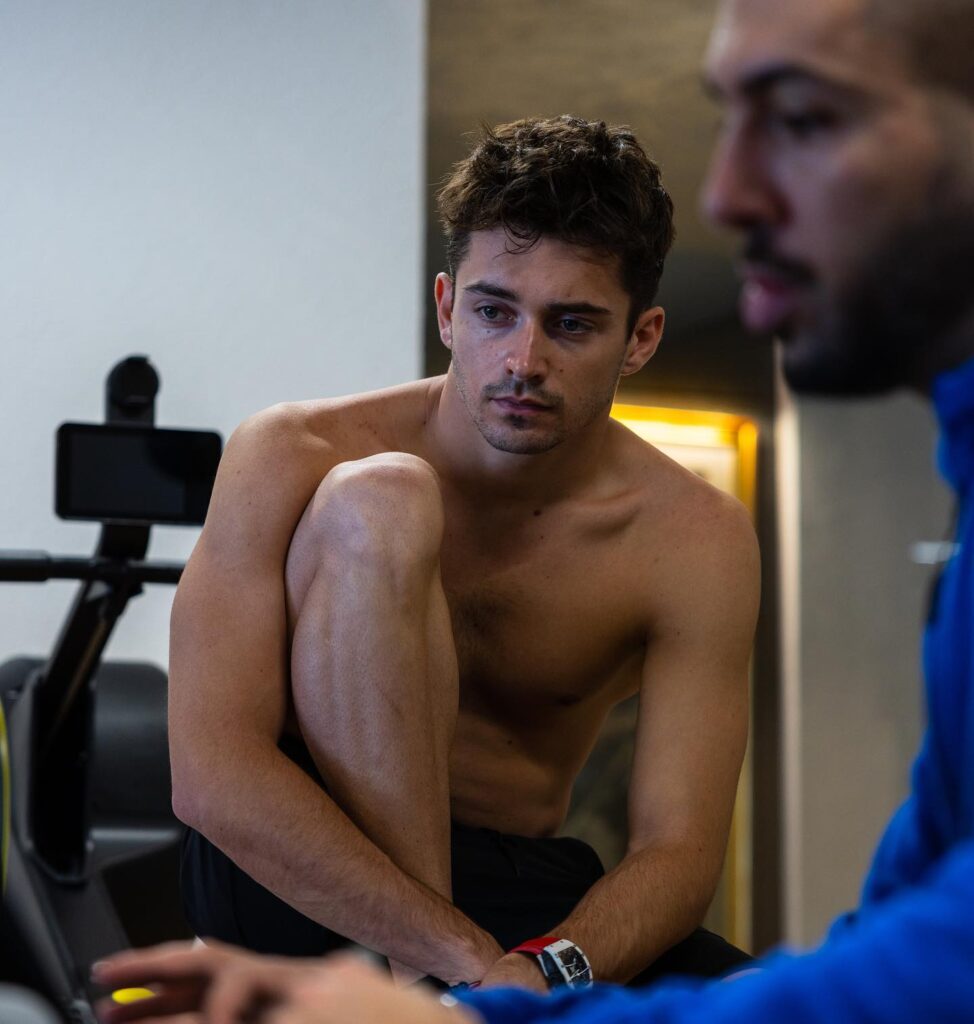
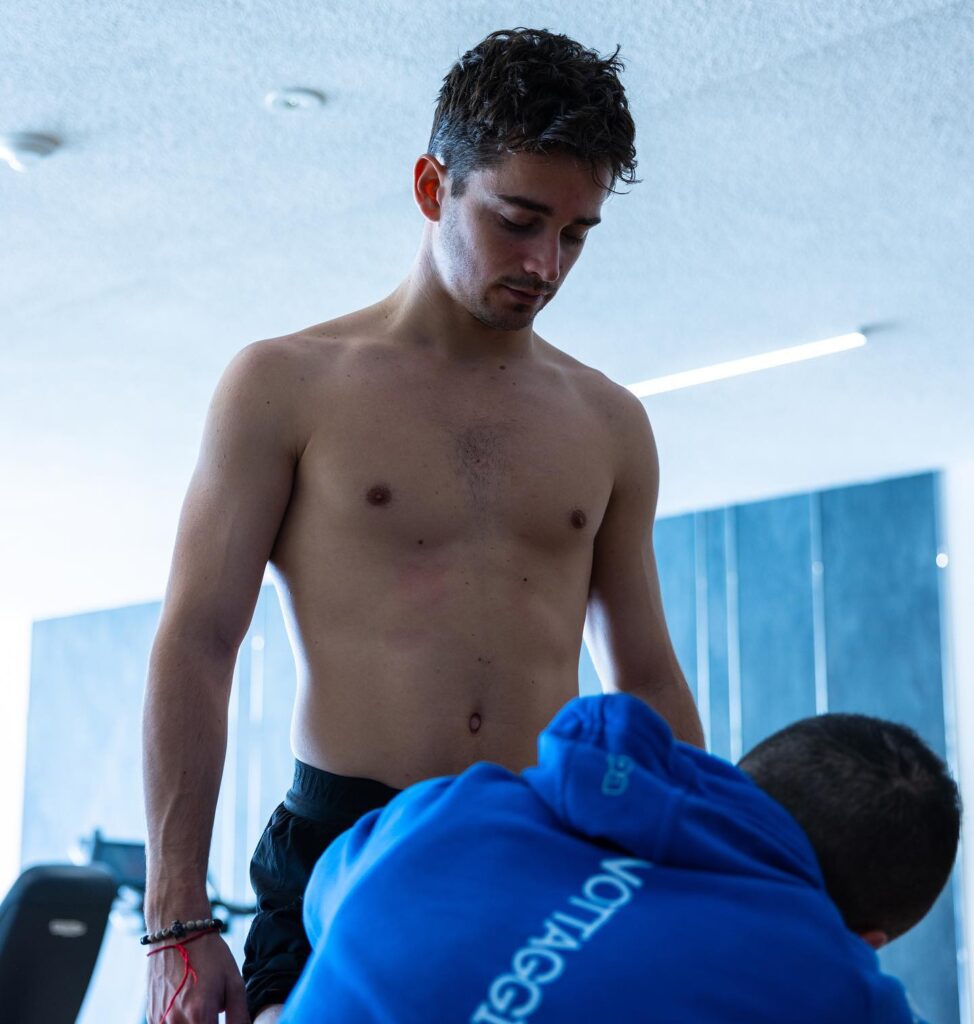
Strength training is another critical component of an F1 driver’s regimen. Given the intense forces acting on the drivers’ bodies while inside the vehicle, especially during rapid acceleration and deceleration, drivers incorporate specific neck-strengthening exercises to build strong neck muscles.
Full-body strength training, which includes weightlifting and resistance exercises, is essential for improving overall muscular endurance and preventing fatigue during races. This comprehensive approach ensures that drivers are physically prepared to handle the rigors of competitive racing.
Flexibility and agility training are also vital for navigating tight corners and swift turns on the track. Exercises like yoga, pilates, and dynamic stretching are integrated into their routines to enhance flexibility, improve reflexes, and minimize the risk of injury.



Alongside physical training, maintaining a balanced diet rich in lean proteins, complex carbohydrates, and essential vitamins and minerals is crucial. This carefully curated diet helps sustain energy levels, promote muscle recovery, and support overall well-being, ensuring that drivers like Leclerc are in peak condition when they return to the track.
Charles Leclerc’s emotional and historic win at the Monaco Grand Prix showcased his skill and determination, solidifying his status as a top driver in F1. Achieving victory on his home circuit required not just talent but also the benefits of a rigorous fitness regimen.

